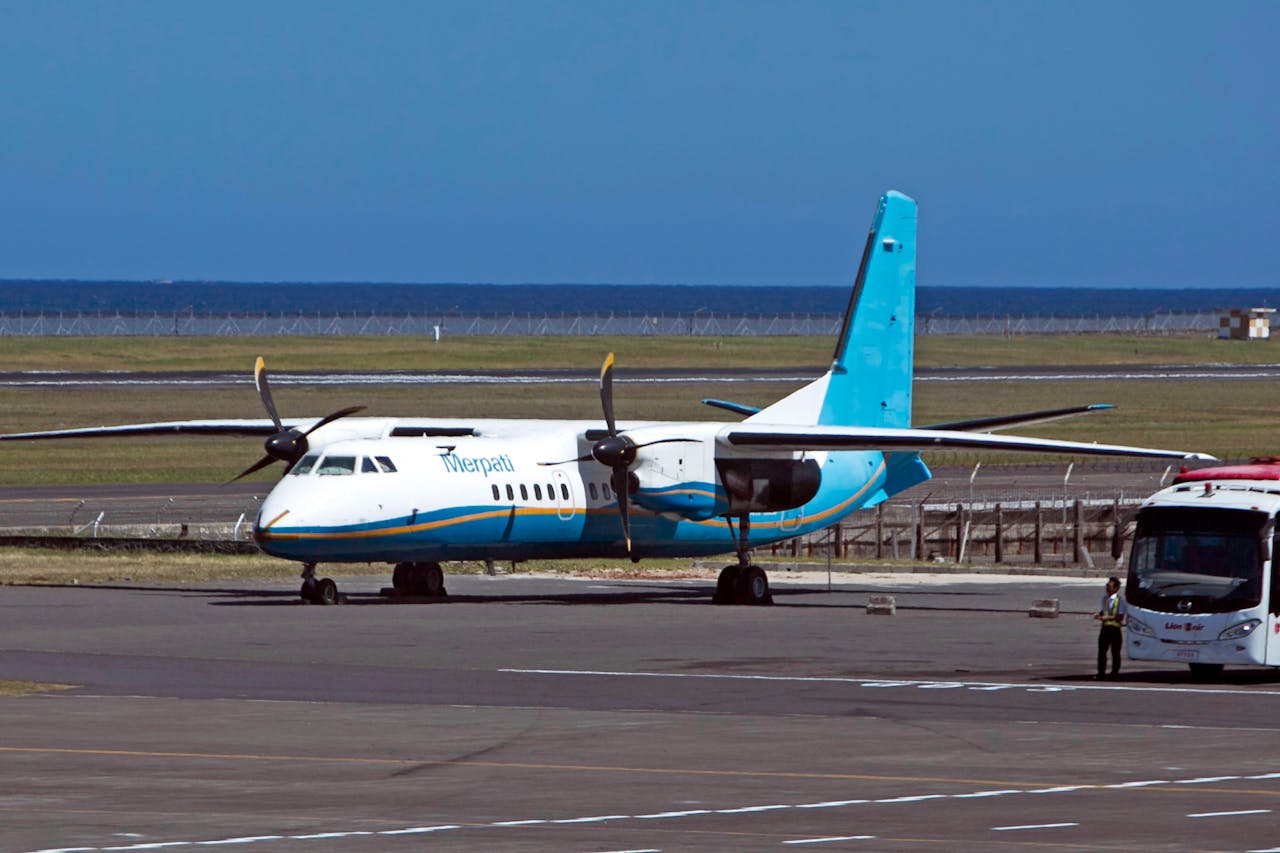Flying in a private jet is the epitome of luxury and convenience, and many businesses are investing in their own company jets to streamline their travel operations. However, owning a private jet comes with its own set of responsibilities. It’s not just about glamorous flights; it’s about proper maintenance and care to ensure the longevity and safety of the aircraft.
The Importance of Maintaining Company Jets
Maintaining company jets is crucial for their performance and longevity. Regular maintenance and care help identify and address potential issues before they become major problems. It also ensures that the aircraft operates at its optimal efficiency, minimizing the risk of unexpected breakdowns or malfunctions during flights.
Proper maintenance also plays a crucial role in ensuring the safety of the aircraft and everyone on board. Regular inspections, check-ups, and adherence to safety protocols are essential to identify any structural or mechanical issues that could compromise the safety of the jet. By investing in the maintenance of their company jets, businesses can demonstrate their commitment to the well-being of their employees, executives, and clients.
Common Maintenance Tasks for Company Jets
Maintaining a company jet involves various tasks that need to be performed regularly. These tasks include routine inspections, engine and system checks, and adherence to maintenance schedules recommended by the aircraft manufacturer. Regular inspections involve a comprehensive examination of the aircraft’s components, including the engine, landing gear, avionics, and control surfaces. Inspections help identify any signs of wear and tear, corrosion, or damage that may require immediate attention.
Engine and system checks are essential to ensure that all systems are functioning properly. This includes testing avionics, fuel systems, hydraulic systems, and electrical systems. Regular checks help detect any anomalies or potential failures, allowing for timely repairs or replacements.
Maintenance schedules provided by the aircraft manufacturer outline specific tasks that need to be performed at designated intervals. These schedules include routine maintenance, such as oil changes, filter replacements, and lubrication of critical components. Adhering to these schedules is crucial to prevent premature wear and ensure the optimal performance of the aircraft.
Best Practices for Cleaning and Detailing Company Jets
In addition to regular inspections and maintenance, cleaning and detailing are essential aspects of taking care of company jets. A clean aircraft not only looks more appealing but also plays a role in maintaining its structural integrity and performance. Cleaning the exterior of the aircraft involves removing dirt, debris, and contaminants that can accumulate during flights. This is particularly important for the aircraft’s airframe, as dirt and grime can affect its aerodynamics. Specialized cleaning products and techniques are used to ensure that the aircraft’s surfaces are thoroughly cleaned without causing any damage.
Detailing the interior of the aircraft involves cleaning and sanitizing the cabin, galley, lavatories, and other areas. It includes tasks such as vacuuming, upholstery cleaning, and disinfecting surfaces. Detailing not only creates a pleasant environment for passengers but also helps maintain the condition and longevity of the interior components.
Hiring Professional Aviation Maintenance Services
Maintaining company jets requires specialized knowledge and expertise. Many businesses choose to outsource their aviation maintenance needs to professional service providers. These providers have the necessary experience, certifications, and equipment to ensure that the aircraft receives the highest level of care.
When hiring aviation maintenance services, businesses should consider factors such as the provider’s reputation, experience in maintaining similar aircraft, and compliance with regulatory requirements. It’s also important to evaluate their capabilities in terms of inspections, repairs, and emergency support. Also, make sure your maintenance company uses high-quality ground support equipment from reputable sources.
Training and Certification for Company Jet Maintenance
Ensuring that the personnel responsible for maintaining company jets are properly trained and certified is crucial. The aviation industry has strict regulations and standards that must be followed to ensure safety and compliance. Maintenance technicians should undergo comprehensive training programs that cover the specific aircraft they will be working on. These programs include theoretical knowledge and practical hands-on experience. Certification is obtained upon successful completion of the training, which demonstrates the technician’s competence and adherence to industry standards.
Budgeting for Company Jet Maintenance
Maintaining company jets is a significant investment, and businesses should allocate a budget specifically for this purpose. Budgeting allows for proper planning and ensures that the necessary funds are available to cover routine inspections, repairs, and any unexpected maintenance needs. When budgeting for company jet maintenance, businesses should consider factors such as the aircraft’s age, usage, and the manufacturer’s recommended maintenance schedule. It’s important to account for both routine maintenance tasks and potential major repairs or component replacements that may arise.
Tips for Extending the Lifespan of Company Jets
Taking care of company jets goes beyond regular inspections and maintenance. There are several additional practices businesses can implement to extend the lifespan of their aircraft:
- Follow proper pre-flight and post-flight procedures to minimize wear and tear on the aircraft’s systems.
- Store the aircraft in a suitable hangar, protected from extreme weather conditions and other environmental factors.
- Implement a corrosion prevention program to protect the aircraft’s structure from damage.
- Keep up with the latest technological advancements and upgrades to enhance the aircraft’s performance and efficiency.
- Maintain accurate and up-to-date records of all maintenance activities, inspections, and repairs.
Conclusion
Investing in the care of company jets is crucial for their performance and longevity. Regular inspections, maintenance tasks, and adherence to safety protocols ensure the safety of the aircraft and everyone on board. Hiring professional aviation maintenance services and providing training and certification to maintenance personnel contribute to the overall well-being of the aircraft.

